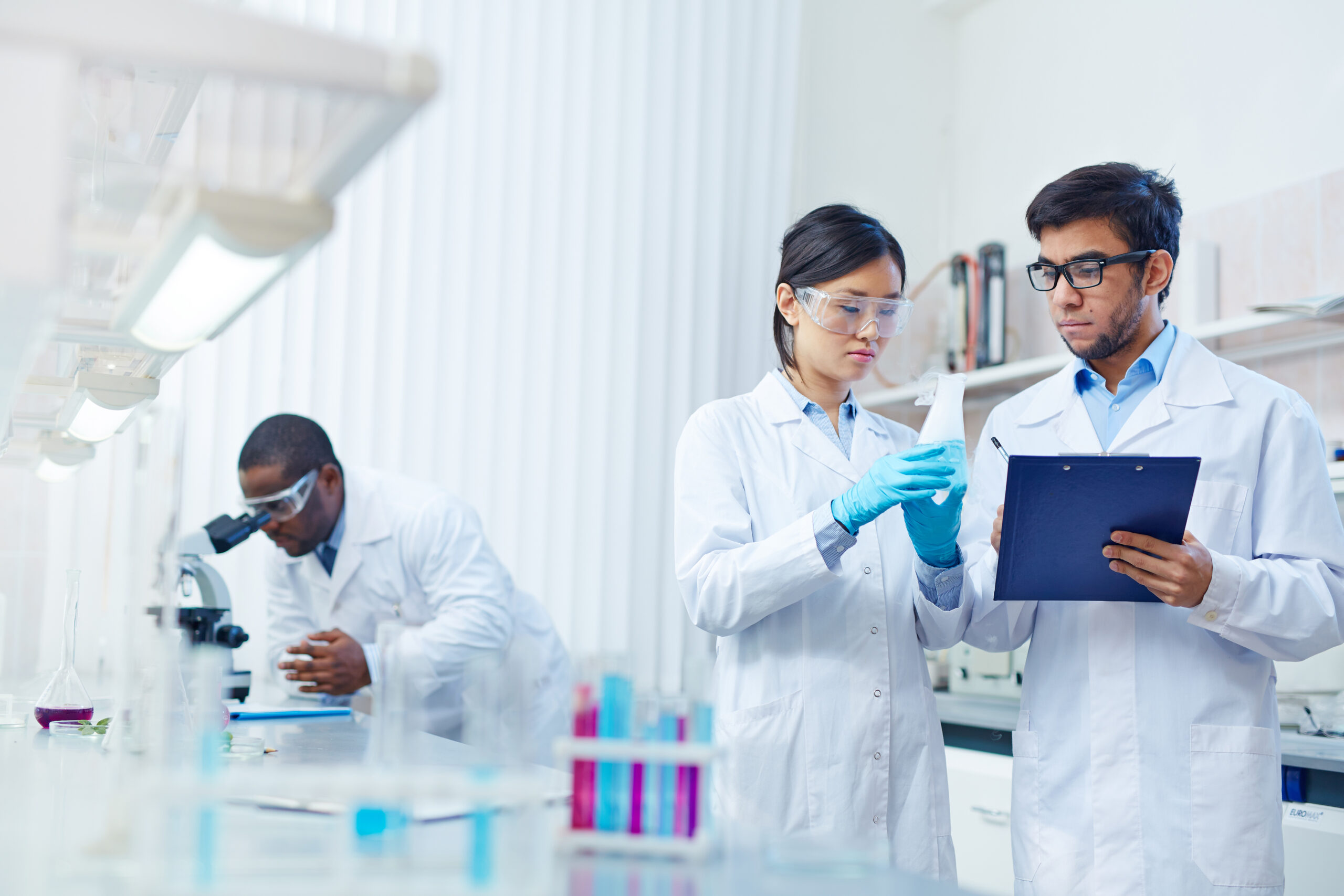Accurate and precise measurements are vital in the pharmaceutical, medical device, and other FDA regulated industries. Even minor inaccuracies can cause problems and can lead to potentially dangerous and deadly outcomes. Thus, it is critical to have a reliable validated program for equipment in a cGMP manufacturing facility.
According to the FDA, the cGMP regulations require that manufacturing processes be designed and controlled to assure that in-process materials and the finished product meet predetermined quality requirements and do so consistently and reliably.[1]
Per regulatory and industry guidelines, equipment validation begins with a validation master plan that clearly defines and outlines the steps required to create a process to place these instruments in a validated and controlled state. These steps include:
1) Installation Qualification (IQ)
2) Operational Qualification (OQ)
3) Performance Qualification (PQ)
These qualification steps represent quality assurance protocols for each phase of the manufacturing process, and they ensure reliable performance for cGMP equipment.[2]
Installation qualification is the first step where a documented verification process that the equipment has been properly installed and configured according to industry and regulatory standards set by an approved installation checklist by the manufacturer.
Operational qualification is the next step and involves testing the equipment and making sure it performs within operating ranges as listed by the manufacturer. All aspects of the equipment receive individual testing and the tester documents the proper operation of each.
Performance qualification is the last step that ensures the equipment is fully qualified. In this step verification and documentation that all equipment is working within the accepted range as specified and should perform as expected under real conditions. A detailed test plan or protocol should test the equipment that can competently generate reproducible results.
Equipment validation is to provide a certain quality assurance of batch uniformity and integrity of the product being manufactured. If you need support to validate and qualify equipment or instruments, the experts at EMMA International can help! Contact us at 248-987-4497 or email us at info@emmainternational.com to learn more.
[1] U.S. Food and Drug Administration (January 2011). Guidance for Industry: Process Validation: General Principles and Practices. Retrieved from https://www.fda.gov/regulatory-information/search-fda-guidance-documents/process-validation-general-principles-and-practices.
[2] Kakad, S. B., Kolhe, M. H., & Dukre, T. P. (2020). A review on pharmaceutical validation. International Journal of Pharmaceutical Quality Assurance, 11(03), 338-42.






